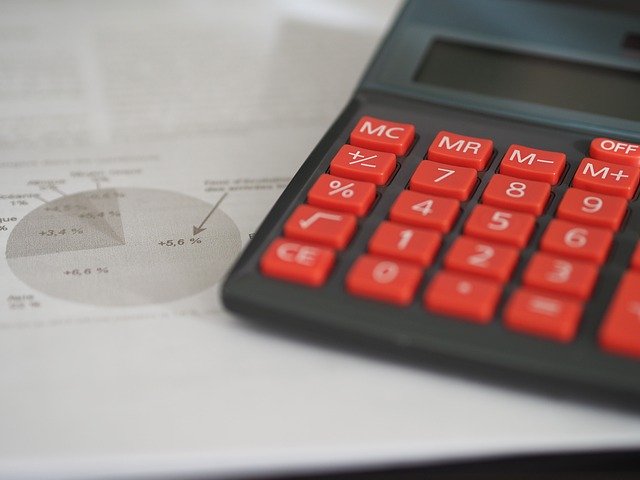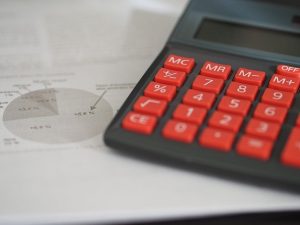
The 5 Parts of a General Ledger and What They Mean
 Consisting of detailed information about your business’s financial transactions, a general ledger is an essential document used in accounting. In your business’s general ledger, you’ll see a snapshot of all its financial transactions. There are five main parts of a general ledger, however, each of which denotes a specific type of financial activity. For a better understanding of these parts and what they mean, keep reading.
Consisting of detailed information about your business’s financial transactions, a general ledger is an essential document used in accounting. In your business’s general ledger, you’ll see a snapshot of all its financial transactions. There are five main parts of a general ledger, however, each of which denotes a specific type of financial activity. For a better understanding of these parts and what they mean, keep reading.
#1) Liabilities
You’ll find your business’s liabilities recorded on its general ledger. A liability, of course, is money your business owes to another person or business. If your business received financing through a bank-issued loan, the loan will be recorded as a liability. Other common types of liabilities found on a general ledger include credit card debt, lines of credit and payroll.
#2) Assets
Assets are another part of a general ledger. An asset is something of value that your business owns. Keep it mind that assets can be tangible or intangible. Tangible assets include cash, real estate and product inventory, whereas intangible assets include patents and other forms of intellectual property. Both types of assets are recorded on your business’s general ledger.
#3) Expenses
All general ledgers feature expenses as well. Expenses are defined as costs associated with your business’s operations. Whether you run a small local business or a global Fortune 500 enterprise, you’ll probably have to buy products or services to perform your business’s operations. Any product or service that you purchase to facilitate your business’s operations is considered an expense. And like liabilities and assets, expenses are recorded on your business’s general ledger.
#4) Revenue
You’ll also find your business’s revenue recorded on its general ledger. Revenue refers to income earned by your business through its normal operations. When your business sells its products or services, it will earn revenue. Any income that’s earned through your business’s normal operations is considered revenue, and it’s recorded on your business’s general ledger.
#5) Owners’ Equity
Finally, owners’ equity is a part of a general ledger that reflects the difference in value between your business’s assets and its liabilities. You should strive to achieve a higher amount for your business’s assets than its liabilities. If your business’s liabilities outweigh its assets, it indicates your business isn’t profitable. You can find owners’ equity recorded on your business’s general ledger.
Have anything else that you’d like to add? Let us know in the comments section below!
